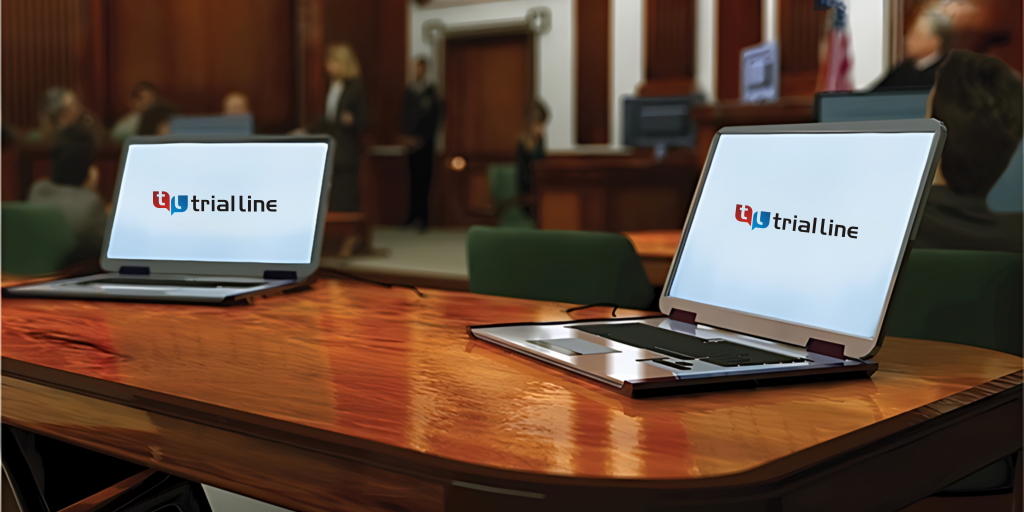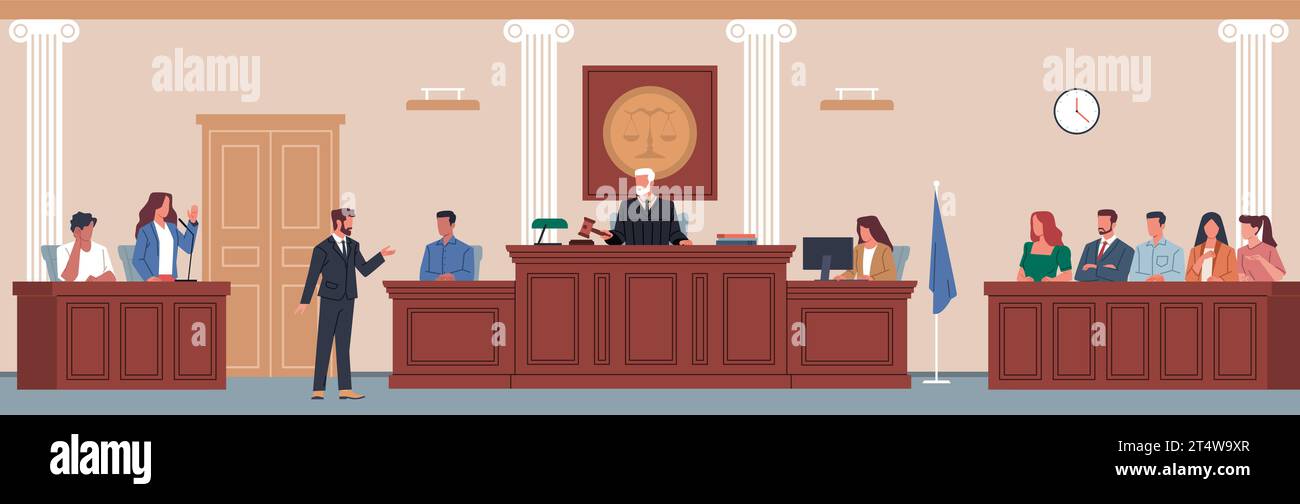Just How Test Presentations Enhance Your Debate and Convince Jurors
Test presentations act as a critical mechanism for boosting lawful debates and encouraging jurors. By incorporating visual aids, narrative frameworks, and psychological involvement, lawyers can produce a compelling case that resonates on numerous degrees. The calculated usage of visuals not only clarifies intricate details however likewise captures jurors' focus better than words alone. Nonetheless, the art of storytelling plays an equally crucial role in changing accurate proof right into a compelling story, shaping jurors' perceptions - trial presentations. Recognizing these aspects can substantially impact test end results, elevating the question of just how each part adds to this complex dynamic.

Significance of Aesthetic Help
Visual help play a critical function in enhancing the efficiency of trial discussions, as they can substantially enhance target market interaction and retention of information. In the context of a test, where jurors are tasked with handling complex details, visual help offer to streamline and clarify vital points. Graphes, graphs, and photos can convey information and concepts that might otherwise bewilder or confuse jurors, enabling an extra simple understanding of the proof provided.
In addition, visual aids aid in preserving juror focus throughout the procedures. By damaging the dullness of spoken testimony, these tools can stress crucial debates, making them a lot more memorable. Efficient aesthetic aids can likewise stimulate emotional reactions, which can be crucial in persuading jurors to line up with the presenter's story.

Crafting Engaging Stories
An engaging narrative is necessary in test discussions, as it works as the foundation of reliable persuasion. It permits attorneys to weave with each other realities, evidence, and psychological components into a meaningful tale that reverberates with jurors. This narrative structure allows jurors to recognize the intricacies of the case while directing them via the lawyer's debate.
To craft a compelling narrative, attorneys ought to focus on clarity and coherence. Additionally, the use of vivid descriptions can develop psychological photos that aid jurors picture the occasions, making the narrative much more unforgettable.
Additionally, integrating essential themes throughout the presentation reinforces the core message and aids in retention - trial presentations. The story should not just convey details however likewise evoke a feeling of justice, highlighting the risks included. Ultimately, a well-constructed narrative cultivates a link between the jurors and the case, placing the attorney's argument as both qualified and engaging, thus increasing the likelihood of a desirable decision

Engaging the Jury Psychologically
Effective court engagement pivots on the attorney's capability click here to read to attach with jurors on an emotional degree. This link can substantially influence jurors' understandings and their ultimate decision-making.
Aesthetic help, such as photographs or videos, can additionally boost emotional interaction, offering jurors with brilliant depictions of the case's human aspects. Crafting a story that highlights the battles and triumphs of the individuals included ensures that jurors see beyond the lawful debates and identify the human consequences of their decisions.
Additionally, tone and body movement play an essential function in communicating feeling. A lawyer's passionate shipment can reverberate with jurors, strengthening their psychological financial investment in the event. It's important to balance sob stories with factual evidence, ensuring that jurors feel compelled to act while remaining grounded in the fact. Inevitably, a psychologically involved court is more probable moved here to be convinced, making psychological connection an important element of effective trial presentations.
Structuring Your Discussion

The body of the presentation ought to be realistically fractional right into essential points, each sustained by compelling proof. It is valuable to utilize storytelling strategies to weave truths into a story that jurors can conveniently follow. Aesthetic help, such as charts and video clips, can enhance understanding and interaction, helping to highlight important pieces of proof.
Real-World Case Researches
Taking a look at real-world study supplies indispensable understandings right into the art of trial presentations and persuasion. As an example, the site instance of "O.J. Simpson v. The Individuals of California" shows just how visual help and engaging narratives can sway jury perceptions. The protection group efficiently used a strategy that integrated top-level specialist testimonies with multimedia presentations, which astounded jurors and inevitably influenced their decision.
One more notable instance is the "McDonald's Coffee Case," where the complainant's lawyers used visuals photos of the injuries received by Stella Liebeck. trial presentations. This raw aesthetic proof played an essential function in communicating the seriousness of her burns, resulting in a substantial court honor. Such situations demonstrate that impactful trial presentations typically hinge on the efficient combination of visuals and storytelling to evoke psychological feedbacks from jurors
Moreover, the "Casey Anthony Test" highlighted the value reference of narrative coherence and integrity. The prosecution's failure to develop a compelling timeline reduced their influential power, emphasizing the requirement of a well-structured presentation. Evaluating these cases discloses that successful trial discussions need tactical planning, emotional engagement, and the capacity to resonate with jurors' values and ideas.
Final Thought
Trial discussions considerably boost arguments and convince jurors through the calculated usage of visual help, compelling stories, and emotional interaction. A well-structured discussion balances emotional allures with factual evidence, inevitably resonating with jurors' values.